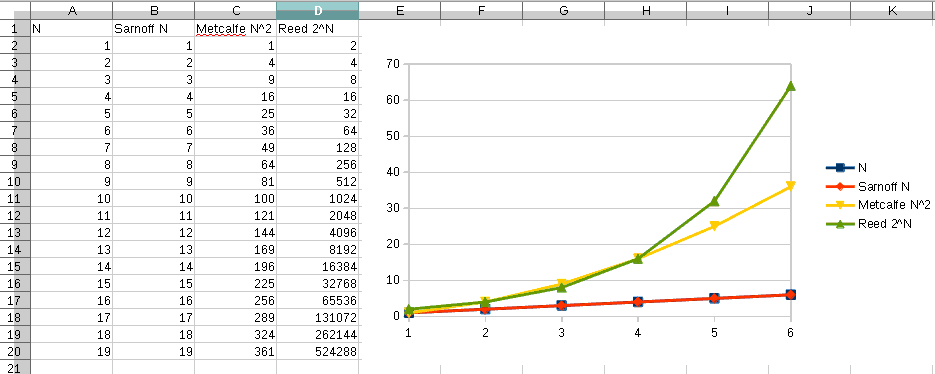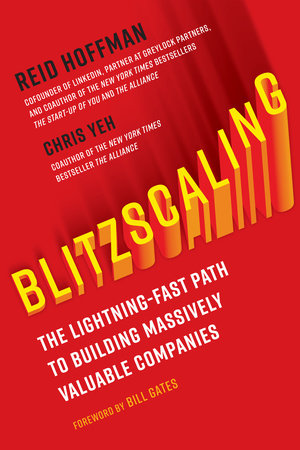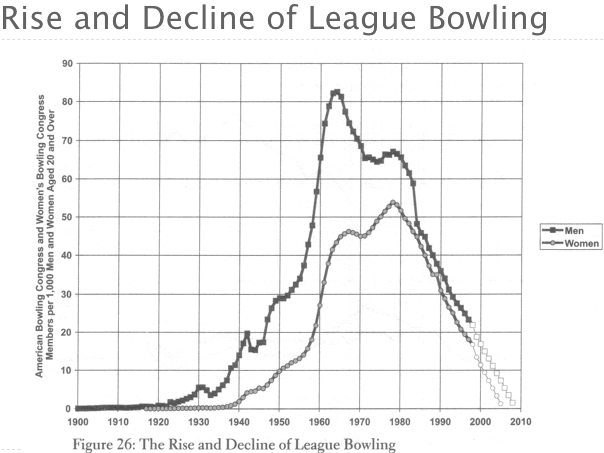Network shapes
Wikispeedia
Which do you want to play?!
Strength of Weak Ties
Mark Granovetter
Kidney chains
° of seperation
egs of small world?
- Eve R: yet we are polarized
Implications?
. . .
- develop “strong” and “weak” ties
- be a “bridge” between networks to fill “structural holes”
Pareto principle
In 1906 Vilfredo Pareto noted 80% of the land in Italy was owned by 20% of the population.
In small world networks, a few “super” nodes carry have most of the connections.
egs of 80/20?
- 80% of business is from 20% of clients
- …
Sturgeon’s law 😉
90 percent of everything is crap.
Long tail
⇐ fat head: 80% of sales in top 20% (e.g., Barnes & Nobles)
⇒ long tail: 20% of sales are in lesser 80% (e.g., Amazon)





Social capital
The benefits of networks of trust and expectations of reciprocity.